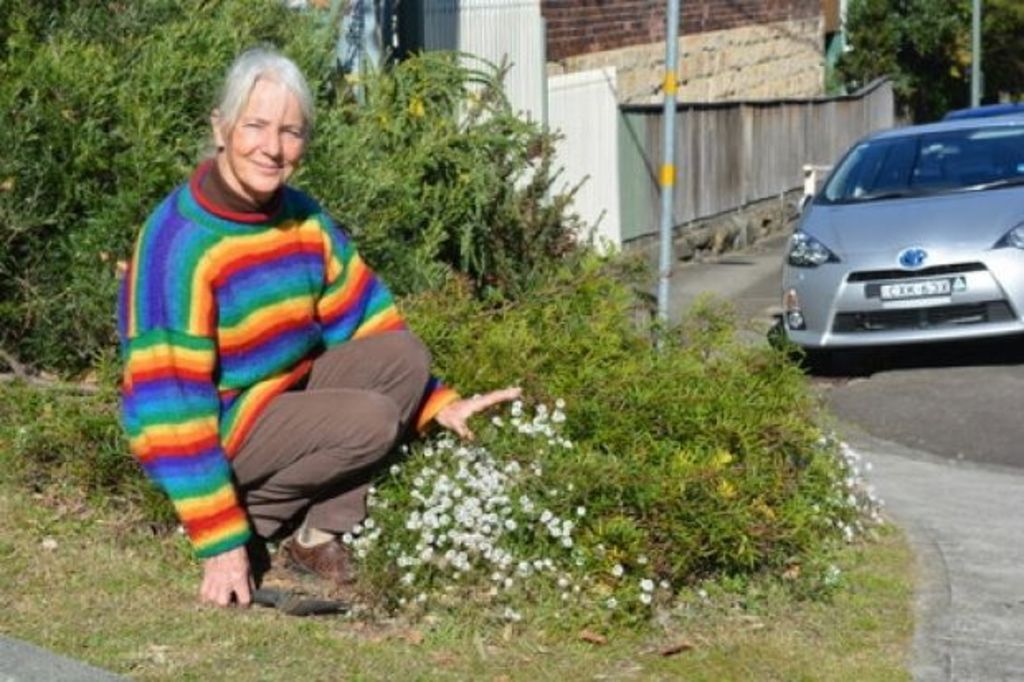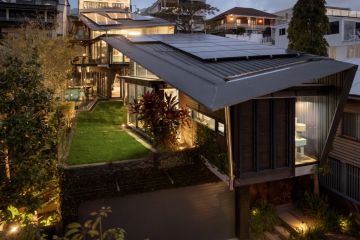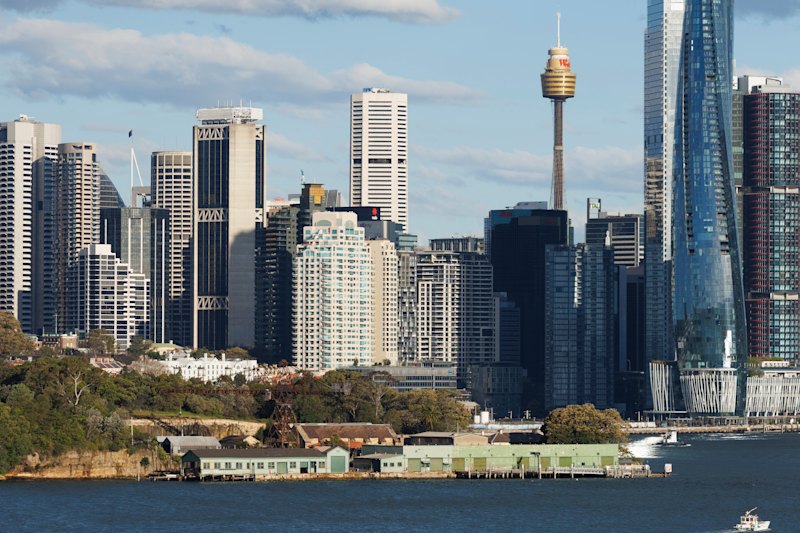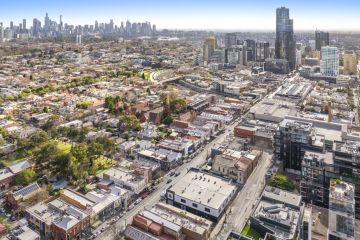Verge gardens: How Sydney residents are adopting a little piece of the streetscape as their own

Council workers once patrolled the inner-city streets of Sydney with lawn mowers, maintaining lines of immaculately cut grass pathways.
But, over the years, various councils have cut this service and instead handed the responsibility to residents. Some residents, many of whom live in houses without gardens or in small apartments, have seized the opportunity to transform grassy patches into thriving urban wildernesses.
But while locals are in control, councils remain legally responsible, which is a potential problem for risk-adverse councils who fear legal liability.
Waverley Councillor and former Mayor John Wakefield has witnessed the blooming interest from residents in “adopting your verge”.
“The genesis was that councils were moving away from their responsibilities and people wanting to expand their domain,” Wakefield says.
Some councils, such as the Inner West Council, don’t require an application for verge gardens, but they have guidelines. Only plants that grow up to one-metre high are allowed, no verge garden can inhibit car doors from being opened, growing food is discouraged, and within the City of Sydney area spiky plants are a no-no.
In the east, residents of Randwick and Waverley are expected to submit an application when they want to plant anything more elaborate than grass on their verge.
“Waverley Council desires an application but far more residents don’t submit one than do, so say less than 50 per cent,” Wakefield says.
- Related: Landscaping tips to increase value
- Related: For friendly streets, add plants
- Related: How street art increases property prices
Even if there is unapproved work on verges, councils generally don’t intervene. However, if there is a fear for public safety even when there is strong community support, councils feel they have an obligation to take control.
Since 2015 the “ocean swing” on the verge in Gardyne Street has become a Bronte icon. Locals who passed the old fig tree could sit and relax looking through the branches over the stunning view of the ocean.
But in the the summer of 2017, the council ordered the swing’s removal. ”I was down the road one afternoon and two trucks came, one with a big boom,” says Anthony Ford, who built the swing. ”I asked, ’You’re not taking down the swing, are you?'”
They left, the swings remained. Not even council workers could argue the setup was shoddy – Ford operates industrial abseiling company Ropesafe. ”I know my ropes,” he says.
Two weeks later the swings were removed. Then they went up again, only to be cut down again three weeks later.
After confronting the council, Ford signed a statement promising not to put the swings up again.
Ford launched a petition to Waverley Council. By April he had collected 1300 signatures.
Vicky Edema has raised her children in Bronte and saw how special the swing had become to many locals. “I was really upset when they took it down, it simply gave people pleasure,” Edema says.
Ford was invited to address the council and the councillors voted unanimously to save the Bronte swings.

The Bronte swings.
“I’ve suggested that council place a sign on the fenced-off area saying, ’Enter at your own risk’, to exempt Waverley Council of any legal responsibility”, Ford says.
A Waverley council spokesperson said they were looking into liability issues and the cost implications of making the area safe with a swing.
Waverley Council is not the only council concerned about being responsible for accidents that occur on unauthorised, community-run verges.
”It’s a grey area,” Wakefield says. “What’s uncovered here is that councils are driving to make residents look after their verges without considering the legal implications.”
Sydney’s other verge gardens
Waverton ‘All-of-Street Verge’
Vera Yee has been creating a verge garden on McKye Street, Waverton, since 2000 with North Sydney Council’s support. The garden outside her home now extends down the street and past the wasteland that once ran beside the railroad tracks.
Over the years her sunny native plants have created a wilderness corridor. Together with her neighbours there is a sense of community, with residents drawn together to form an all-of-street verge garden.
“Once upon a time children used to scream and cry walking up the path from the station,” Yee says. “Now there is a place to play they don’t cry”.
The area has become a thriving community. “This is now a true village,” she says.
Randwick Council: Forced Verge
Frank and Angela Klaassen were told by Randwick Council that they were required to look after their verge garden: it was a forced verge.
Seven years ago the asphalt footpath outside their home in Dolphin Street Coogee was pulled up and replaced with trees.
However, none would take root and three rounds of trees died. Finally the council replaced the trees with plants.
Now it is Frank and Angela who are expected to maintain the verge garden.
“I told council I didn’t want to do it, but they insisted. I said, ‘What if I was 80 years old and couldn’t?’ The council worker replied, ‘You’d have to ask a neighbour’.”
We recommend
We thought you might like
States
Capital Cities
Capital Cities - Rentals
Popular Areas
Allhomes
More





